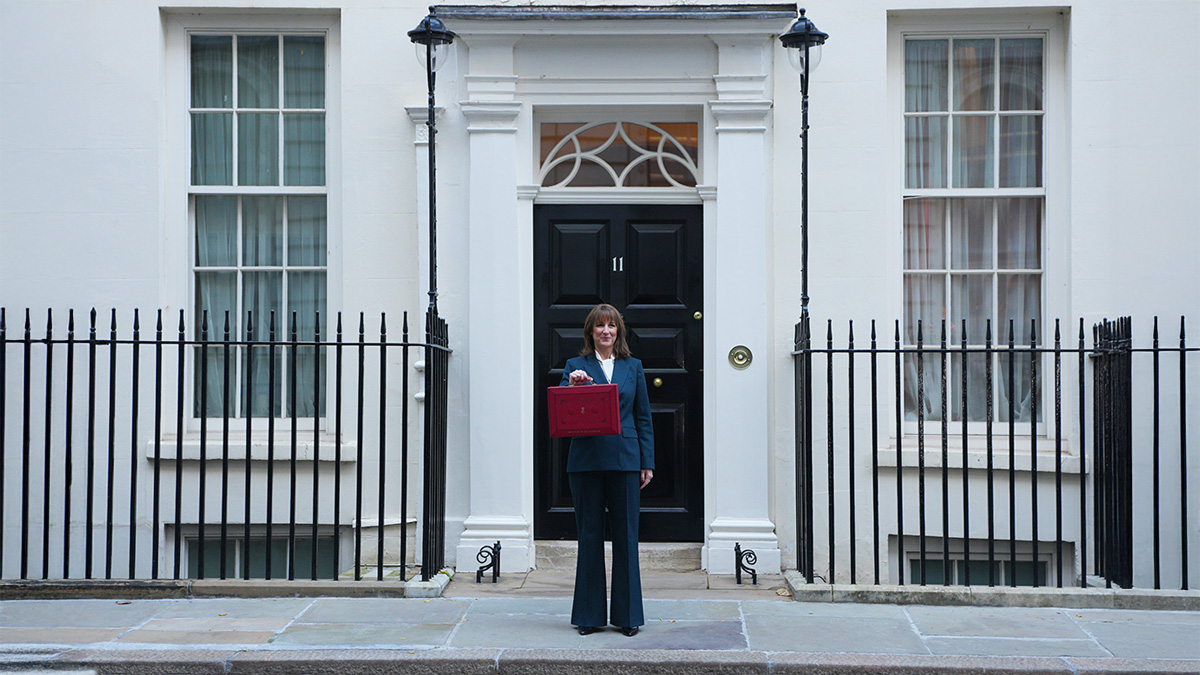International expansion is a key growth driver for many businesses. It opens a new pool of customers, clients and partnerships and can set your company on the road to global success.
That’s why almost 39 per cent of businesses started in the UK are considering heading to new countries, according to Santander UK’s Trade Barometer, and 19 per cent are investing in expansion abroad. As the UK economic outlook continues to look challenging, more than half of businesses say international trade has become more important.
However, wanting to expand internationally and actually doing it are two different things. It is not just a question of where to go but when is the right time, what is the right level of investment, who to hire and how to judge success.
As a founder, the world is your oyster. But ensuring you exploit that potential means putting in the hard yards upfront and steering clear of common mistakes.
A business embarking on a move to new countries must first consider whether it is really the right decision. Greg Thorndick, director of global trading and ecommerce at international expansion consultancy We Are Whanau, says too many businesses do it because they see others doing it rather than because it makes strategic sense.
“It’s important to call out the reasons not to [expand internationally],” he says. “We’d always say, don’t get distracted until you need to get distracted. Actually, the market opportunity in the UK is often bigger than people realise and so it might be right to do a product or channel expansion first.
“Second, question whether you need to add more complexity to your business. And then the final one, which is the most common, especially at brands earlier on in their journey, is that their mates are founders and they are doing it, so we’re going to too! FOMO is definitely not a reason; you have to do it in a real and considered way.”
Thorndick recommends making sure three things are in place. First, organic demand in the chosen market that you can capitalise on. That might be from customers or clients and could take the form of interest on social media, people making purchases from an ecommerce site or wholesalers looking to buy product.
For Chris Clarke, co-founder of the communications consultancy Fire on the Hill, the decision to expand to the US came around eight years after he started the firm. It already did a lot of international work but mostly through partners. Then, in 2023 it took the decision to open an office in New York after two clients said they would work with the company if it made the move.
“That really helped in the first few months,” he says. “I feel, for us, there had to be a moment and an incentive to do it and to make it work. We’d often thought we should be in the US, but it took two clients saying they wanted to work with an agency like us. That was really our incentive to say, ‘if we don’t do it, someone else will take that business’.”
Lucie Macleod founded Hair Syrup, a hair care brand known for its vegan hair oils, in her bedroom during the pandemic. What started as a side project has turned into a fully-fledged business that is about to expand to the US and Australia.
One thing that gave Macleod the confidence to expand was demand on social media for her product from these markets. They also have very similar demographics, consumer habits and social media tendencies. “We’re a very engaging brand, especially on social media, so we wanted to make sure the demographic we’re going after is similar to the UK and is going to understand our marketing and the content we make.”
Thorndick’s second point is to ensure you have a clear “North Star” to guide you and that international expansion is needed to support growth ambitions. He previously worked at Gymshark and was involved in its expansion to the US. “One thing we did well at Gymshark was having a clear overarching brand strategy that [US expansion] fed into, rather than have a siloed strategy of ‘we’re going into the US’.”
The third point is that, as Thorndick says, “the maths has to work”. That means ensuring the business can afford expansion and that it works from a sales and profit-and-loss point of view. “Doing the due diligence around a really robust financial model and strategy is really important,” he adds.
With all three in place, the next factor is picking a market. This is likely to be led by where a business sees demand, as well as the cost of expanding and the ease of operating there.
There are plenty of organisations to help once you’ve picked a market. Clarke joined a networking group called BritishAmerican Business that enabled the team to meet like-minded founders on the same journey, as well as offering policy advice in areas such as regulation and tax.
Macleod has been using some of the international growth schemes provided by the Welsh government, whom she describes as “really good with stuff like this”. That includes help with legitimate distribution partners.
Other things to consider include market size – both overall and for your product – competition, the regulatory environment, growth potential and customer demand. Ease of operating is also key. Does a product or brand need to be significantly changed to work in that market? If so, it’s unlikely to be the right choice for a first move abroad.
The US brewer Athletic Brewing Company launched in the States in 2018 before expanding to Canada, and then the UK in 2021. It decided on the UK as its first market outside North America due to the simplicity of going to English-speaking countries, the relative ease of exporting to the UK and the demand for non-alcoholic beer.
“We wanted to test the hypothesis around: can the brand really travel? We wanted to make sure this was not a uniquely American product and be able to test the waters elsewhere,” says chief marketing officer Andrew Katz.
“But there were also some early fans asking us for import, which is a nice place to be when there is some pent-up demand,” he adds.
It is now building out its offering in the UK “brick by brick”, taking an approach that gets the brand in the hands of lots of people through sampling and raises awareness among its core audience. It has a partnership deal with Arsenal Football Club which means its beer is sold at the ground, as well as an ambassador programme.
“The way the business works right now in the UK is that London is really ground zero for non-alcoholic beer. To win in the UK, you have to win in London, and so we wanted to partner with a credible, well-known partner – and Arsenal fits the bill extremely well,” he says.
Once you’ve chosen a market, there are further considerations. Thorndick highlights the importance of considering every aspect of the business model: from the people you will work with to the channels you’ll sell through, the product and category mix you’ll launch with and brand and marketing execution.
First, people. To make international expansion work, senior staff in the business must spend time abroad. Clarke, for example, spends around 50 per cent of his time in the UK and 50 per cent in the US, while there is an opportunity for others to travel quarterly.
Hiring locally is also important and broadly speaking you need key personnel on the ground and in the market for expansion to work. Athletic Brewing Company has a sales and marketing team in the UK.
You’ll also need to consider culture. When expanding a business abroad you’ll want to keep what is great about the organisation currently, while ensuring staff and customers feel it is appropriate to the local market.
Charles McManus, co-founder and former CEO at clearing bank ClearBank, says: “I always talk about how each new office should be 70 to 80 per cent core culture, but 20 to 30 per cent local to get the buy-in without harming the core brand, culture or products.”
Clarke also recommends being “much more intentional” about both culture and communications. “When you go from a team of a few people in one office or location to people in different offices and time zones, you have to think about communication and culture. We’re looking at putting in place those softer, more casual measures so that people understand who we are as a team, and the different characters and personalities.
“We want to celebrate the difference, but we want to create a sense of one culture.”
The right channels are also key. For B2B it is possible to go direct to clients, but consumer-facing brands will need to decide whether to go direct or partner with retailers. Athletic Brewing, as well as being available at Arsenal’s Emirates Stadium, has deals with Whole Foods, Tesco and Marks & Spencer, and is sold in pubs both in cans and on draught.
“One of the biggest differences with the US is how robust pub culture still is,” says Katz. “I think if people see you in pubs, there’s a different feeling to seeing cans in the supermarket. It feels like a brand has landed. And again, if you’re on draught, that feels different as well.”
As previously mentioned, in an ideal world, international expansion would not come with major changes to brand or product. Having said that, changes might need to be made from a regulatory point of view or to understand the local market.
At Athletic Brewing, for example, it
must consider how to describe the product because in some markets it is
“non-alcoholic” while in others it is “alcohol free”. And in Canada the cans
need labelling in both English and French.
Macleod has also considered that the name of her product might not translate well should she expand into non-English-speaking countries. “We sell a lot in Europe but a barrier, I think, is the name Hair Syrup. If it was a more generic brand name, it would be more easily translatable. The people who do my IP were saying how hard it is because it’s fine in the UK but not only is it a descriptive term, it’s a descriptive term for two different things.”
For McManus, trying to deliver the same product set is part of sustainable expansion.
“In order to scale an international business, you don’t want to be bespoking for clients,” he says. “You want to be product-led, not customer-led, and be able to deliver that product at repeatable, at scale and at high volume, which is what we’re trying to do. It’s a volume play.”
That leads on to another factor to consider: international expansion may be the right move but businesses have to consider the scale and speed of that expansion – and how to fund it.
At Clearbank, expansion has to be sustainable, thoughtful and considered. Banking is a highly regulated industry and any company operating in a market – whether the US or Europe – needs a licence for that market. That can cost millions of pounds and take up a lot of time and resource, so being sure of demand is key.
Having hit profitability last year, it applied for its European banking licence so it could operate on the continent. Having been granted that, it has opened an office in Amsterdam in the Netherlands, servicing both UK and European clients.
The licence gives ClearBank the ability to operate across Europe, but picking the exact markets to open an office is important to ensure costs don’t spiral. McManus says the cost of running an office in each country is between £3m and £5m, so it will only open a branch if there is clear demand.
“If we start branching all over Europe, we could start spending a lot of money with not much coming back in. So, we’ll be expanding at a sustainable pace, seeing where the demand is and moving there,” he says.
“There’s always a danger of just growing too quickly, even if the demand is there. It’s very difficult if you do it too quickly because you can end up hiring the wrong people, ruining your culture and destroying your tech – because you haven’t done it properly. You’ve got to be very disciplined.”
Athletic Brewing is also taking a long view. Katz says the company wants to be “really confident” before it goes into other markets, so while it is available in the EU, this is very selective and doesn’t have much of a marketing push behind it.
“At the moment, it’s really about making the countries where we are work and work really hard,” he says. “We have a very long view of the non-alcoholic beer world and adoption rates, and how we can expand internationally. But it is a lot of testing and learning things as we go.”
He adds: “It’s about having patience, not over-investing, having a compelling business case where we can see how we’re going to get to break even, to profit and having the wherewithal to be able to manage that right, because you don’t want to go into a market, lose all your investment, then have to pack up your bags and go home.
“It is about being very disciplined
financially, so that you are spending in accordance with where your business is
today.”
Related and recommended

Bob Skinstad’s journey from rugby prodigy to business leader is shaped by scrutiny, setbacks and second chances

After a decade as editor-in-chief, Katharine Viner is using her business acumen to reinvent The Guardian

The prime minister and chancellor may be safe for now but Cabinet ministers believe it’s a case of when, not if, they fall

After creating her own hair oil blends as a student, Lucie Macloud grew Hair Syrup into a multi-million pound business that she’s now expanding into Europe and the US

